| Vintage Pulp | Nov 19 2021 |

How do you spell murder in Italian? H-i-t-c-h-c-o-c-k.
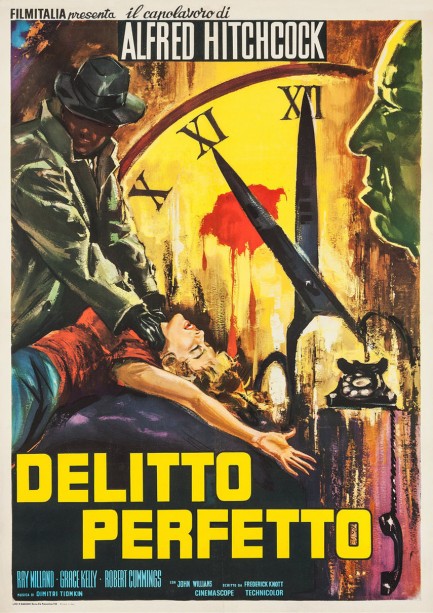
Above is a beautiful Italian poster for Delitto perfetto, better known as Alfred Hitchcock's Dial M for Murder, a movie we watch every five or seven years and always greatly enjoy. This semi-abstract effort isn't the only Italian poster for the film, but it's the best, in our view. We weren't able to find out who painted it, and considering it sold on a swanky auction site without that info, it seems as if nobody knows. Such good work uncredited, it's a shame. However, at this link you see another poster for the film, and that one is signed by Angelo Cesselon. Since both have a Hitchcock profile, and there's a stylistic similarity in other areas too, especially if you focus on the women's faces and the males' trench coats, we think it's possible Cesselon painted both pieces. The evidence wouldn't hold up in court, but it's good enough for us. Nice work, Angelo. Delitto perfetto premiered in Italy today in 1954.
| Vintage Pulp | Nov 17 2021 |

Lindberg and her hair-do spice up otherwise blah Swedish sex drama.
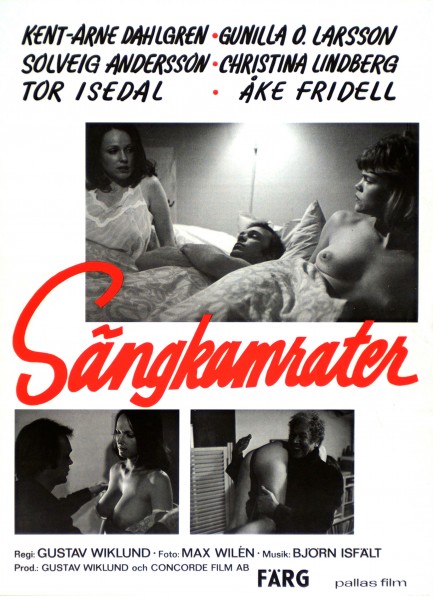
Striking posters are usually the reason we're drawn to watch films, but lacking beautiful promo art or an enticing premise, we watched Sängkamrater, which is known in English as Wide Open, for two reasons: Christina. Lindberg. So what did we get? We got a story about a drunken old man who moves in with his son and his son's girlfriend Solvieg Andersson and disrupts their lives. The subplot is set off when Lindberg flies into town, and her acquaintance Gunilla Larsson's ambitions to make extra cash leads into some dangerous circumstances. There's not much recommendable about the movie at all, aside from the fact that Lindberg has one of her most famous nude scenes, a breast soaping photo session that also showcases her majestic black bush.
The sight of Lindberg's girlfur was like watching footage of an exotic animal that once roamed by the millions but is now near extinction. We felt deep sadness, and possibly even cried a little. We were also overcome by the certainty that a world that had let the bush come to near-oblivion is a world gone horribly, horribly wrong. But we digress. Sängkamrater is strictly average, except for Lindberg's majestic black bush, which you see below, because Pulp Intl. is one of the last bastions of beautiful nudity left on the internet, and we take our mandate seriously. Sängkamrater premiered in Sweden today in 1975.

| Vintage Pulp | Nov 11 2021 |

Got a secretive husband? Poke around and see what you find. What's the worst that can happen?
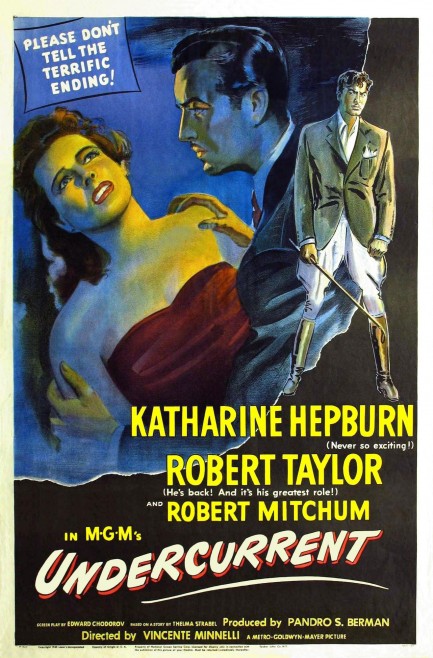
Two days ago we discussed Katherine Hepburn's cinematic output and noted that Undercurrent was one of the few movies that qualified as pulp-style. We watched it last night and it falls into the always fun husbands-with-dark-secrets sub-genre. Hepburn marries into a rich San Francisco family and quickly finds that her hubby Robert Taylor is prone to sudden rages whenever he's reminded about aspects of his past. You know the drill: “Who was playing that song! Who's here? Was it you? Where did you learn that song!” Taylor is particularly sensitive with regard to his estranged possibly dead brother, and so are Taylor's employees, his domestic staff, and even his friends. Seems everyone is in on the secret except Hepburn. In typical suspense movie fashion, she decides to solve that problem by digging deeper.
Undercurrent is categorized on many websites as a film noir, because that's where people's minds go if there are any night scenes or shadows in a black and white flick, but you may be disappointed if you have such expectations. It's categorized as suspense drama by the American Film Institute, which we consider correct. You could even categorize it as a romantic suspense drama, one with shades of Alfred Hitchcock's 1940 film Rebecca. But on the other hand, since film noir is more a mood than a genre, there's always room for debate concerning whether a film should or shouldn't be included. For us, Undercurrent shouldn't. Two sequences bear some visual elements of film noir, and there's a brief nightmare interlude, but without the overarching cynicism and desolate central characters, we don't think it's a good fit.
Hepburn, who was probably never cynical or desolate in her entire career, occupies nearly every frame of Undercurrent and gives an emotional, almost melodramatic performance as a wife whose loyalty and belief in her husband are tested. To succeed fully in her role, she'd have needed better chemistry with Taylor, and the script and plot would have needed to be scintillating. None of those things happen, which means Hepburn isn't given the tools required to anchor the film. Even so, she gives it a hell of a go, and her efforts make it watchable. For her fans this one is a no-brainer—queue it up. For more general film buffs, you can probably take a pass. Undercurrent premiered today in 1946.
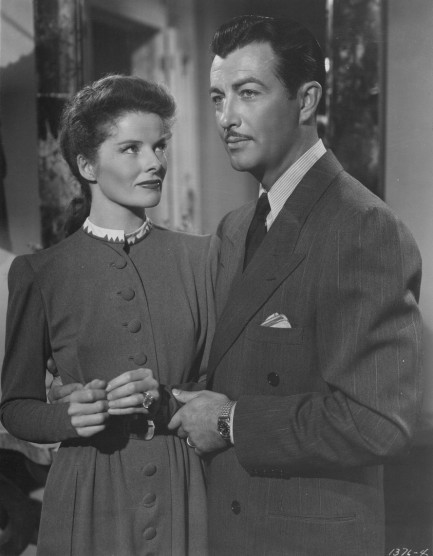
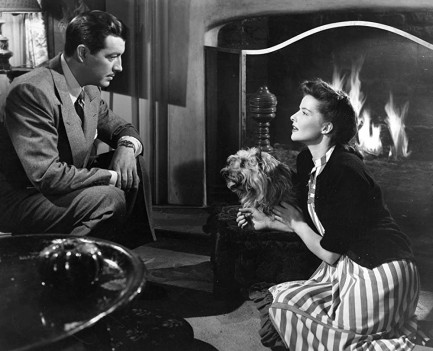
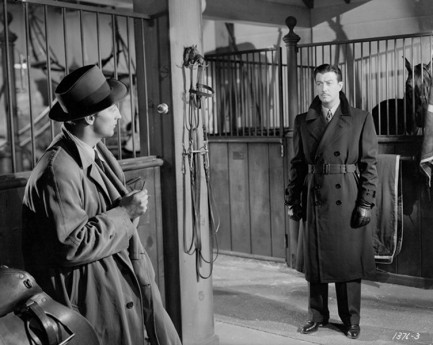
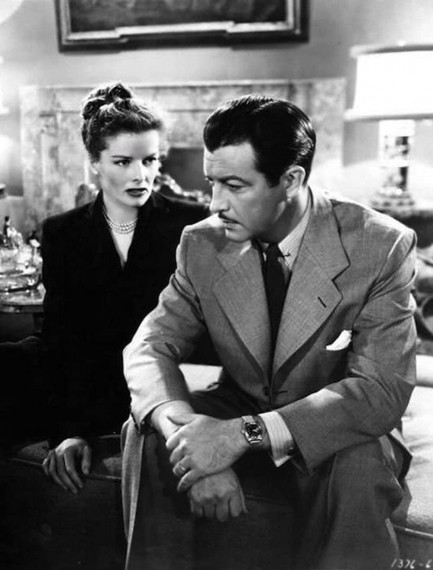
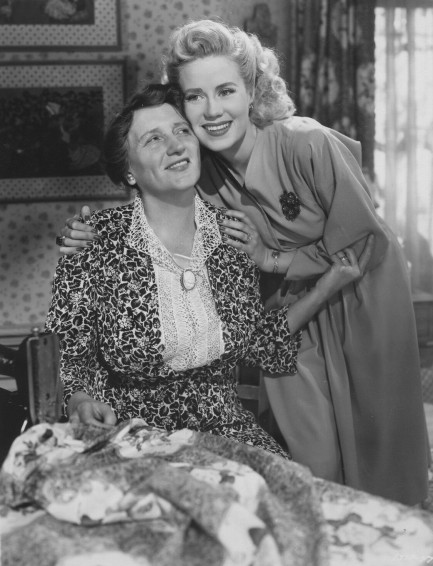
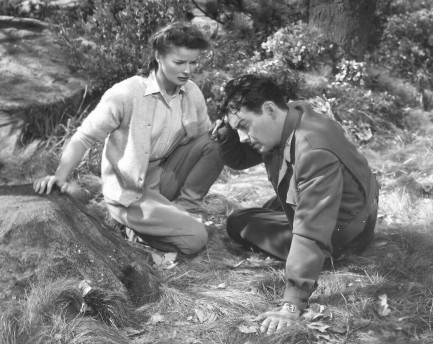
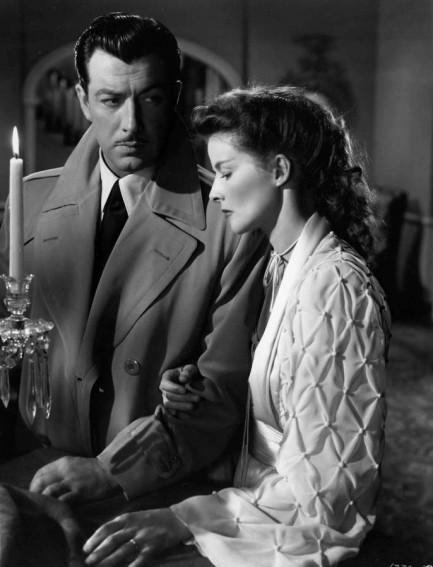
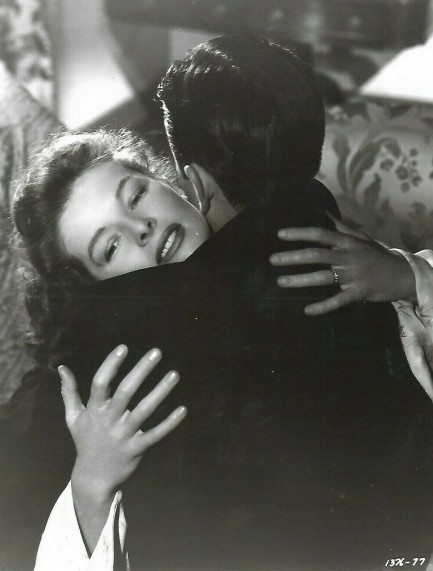
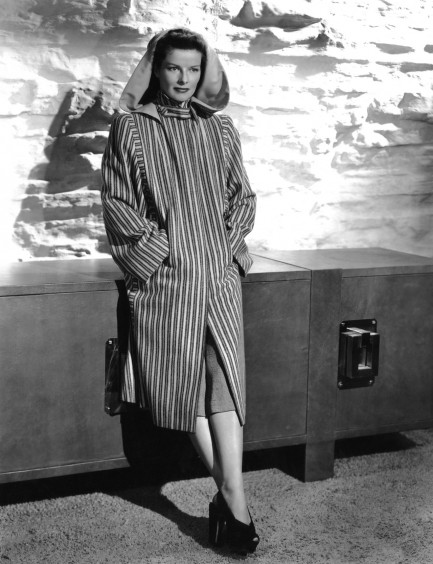
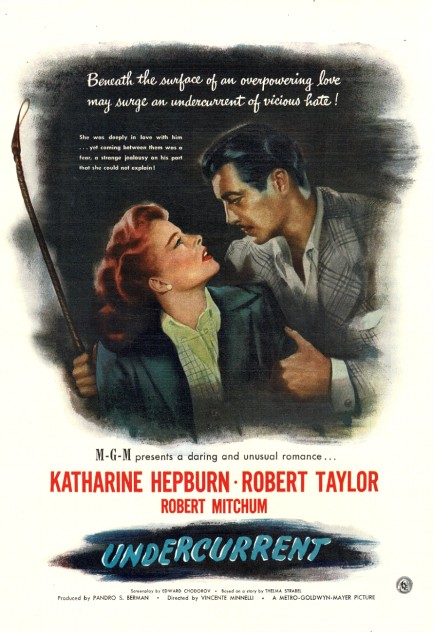










| Vintage Pulp | Nov 10 2021 |

Her story is more dream than nightmare, but that's why it's fiction.
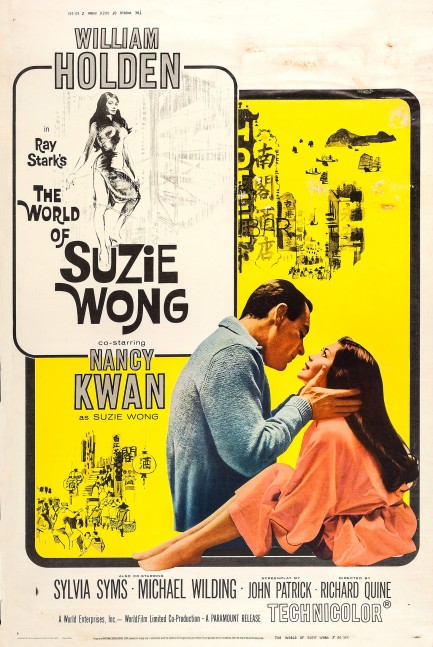
The World of Suzie Wong was the definition of a polarizing film, generally liked by audiences, but often reviled by social observers. For the former group it was just entertainment, a risqué Cinderella fantasy. For the latter group, it was an exercise in cinematic irresponsibility. Few filmmakers have been interested in exploring the human trafficking, physical and psychological abuse, drugs, and destroyed futures that predominate prostitution, but that's no surprise—filmmaking is about moneymaking, and who'd normally go see a movie that was such a downer? While it's true that 2015's Tangerine was acclaimed, it was also shot on three iPhones. Its director has moved on to bigger budgets because he wants to make money too. So let's first of all accept Suzie Wong for what it is: a mainstream film exploring the idea of a rare type of prostitute—the one clearly destined for a better life.
The idea isn't actually so outlandish. Our personal experience has taught us that there are all kinds of hookers. In Brazil, some do it for two weeks bracketing Carnival and make more money than they do working their regular jobs the rest of the year. They don't consider themselves to be prostitutes. They consider themselves to be modern-minded and smart. When PSGP worked at Playboy he was aware of models (anecdotally) and porn actresses (definitely) who did it when they had money troubles. There are plenty of men who'll pay to sleep with his favorite centerfold or porn star, and the money she earns is all hers—none goes to an agent or grifter boyfriend. Models were occasionally invited to certain Middle Eastern oil states and were paid many thousands of dollars per week just to attend swank social occasions and be friendly. The friendliest—interpret that how you wish—would be welcome to stay for months and earn gifts, while the less friendly ones quickly would be shipped out. The point is there are all types.
So while people who hate Suzie Wong are correct that a depiction of prostitution that doesn't explore the typical reality reinforces a false narrative about what is a dirty and dangerous job, the movie is simply a piece of entertainment—and has the right to be. It's no more about real prostitution than Raiders of the Lost Ark is about real archaeology. You'll have to gloss over its imperialist ethnic snobbery too. But if you choose to cross the disbelief suspension bridge, it's a pretty entertaining flick, a drama about an American artist in Hong Kong played by William Holden who meets a local prostitute played by Nancy Kwan, asks her to model for him, and over the course of their increasingly fruitful artistic collaboration finds himself drawn to her. Kwan makes no secret of the fact that she immediately has feelings for Holden, but he resists—not forever, obviously. At that point the difficult question of whether they can actually make a life together—or should even try—is what the plot explores.
Suzie Wong's gimmick of a hooker's love completing a man who's lonely or adrift has been used in films such as Irma la Douce, Night Shift, and Pretty Woman, and audiences responded favorably because, at their core, all those films are romances. But there's more to Suzie Wong than just its sooty Cinderella aspects. At a time of still-rigid ideas about female purity, it asked male viewers to consider the possibility that the number of men a woman sleeps with is immaterial. So in that sense it's a forward thinking film—something usually forgotten by its critics. The source novel by Richard Mason is probably more nuanced, but we haven't read it. We do know, however, that he wrote it after staying at the Luk Kwok Hotel in Hong Kong, which was a brothel. So maybe he learned a little something that gave his book—and the film—a bit more verité than people generally suspect. When you include its great exteriors and sets, and Kwan herself in a starmaking role, the result is exotic, emotional, and at times uplifting. The World of Suzie Wong premiered in the U.S. today in 1960. See more promo images here and here.

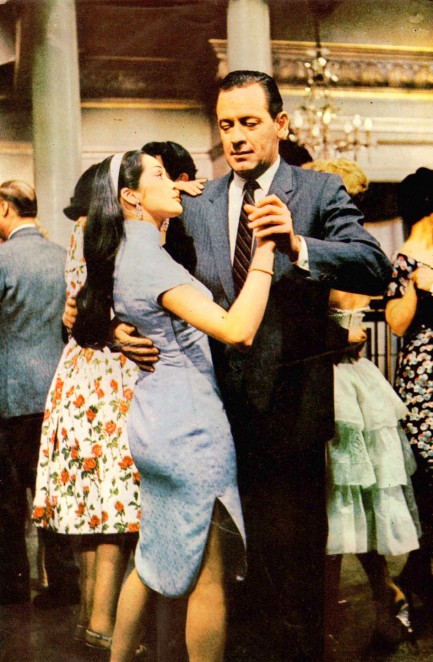
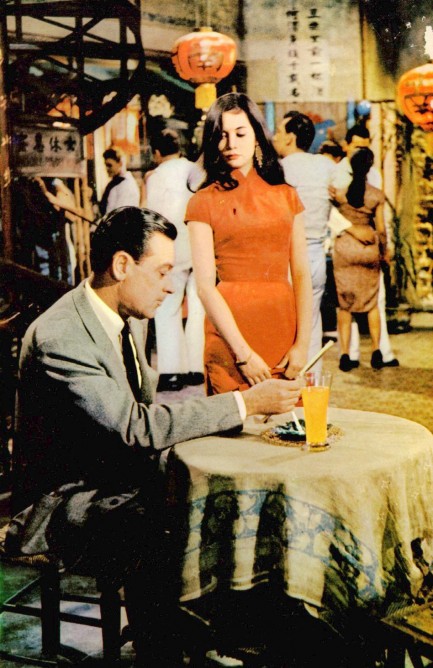
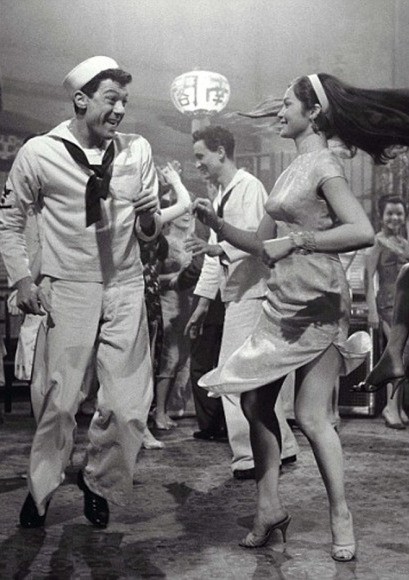
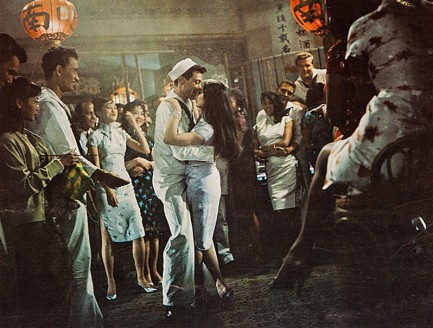
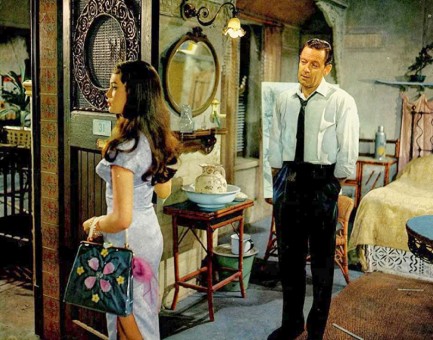
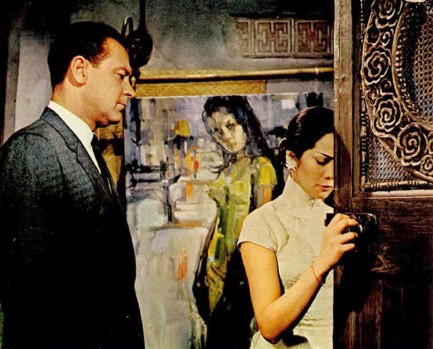
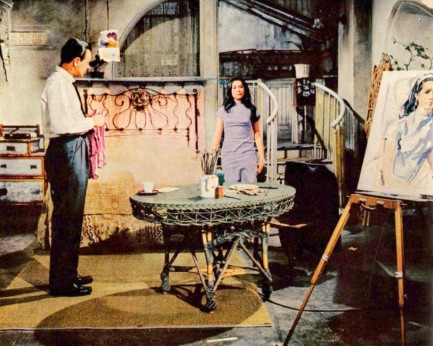
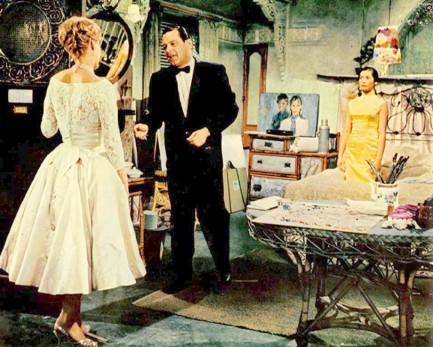

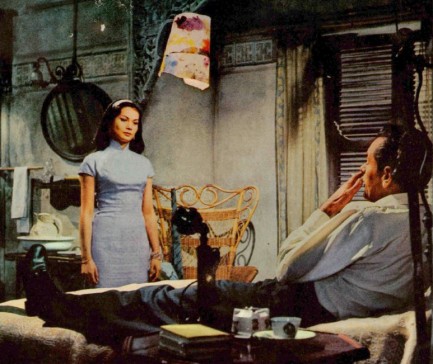
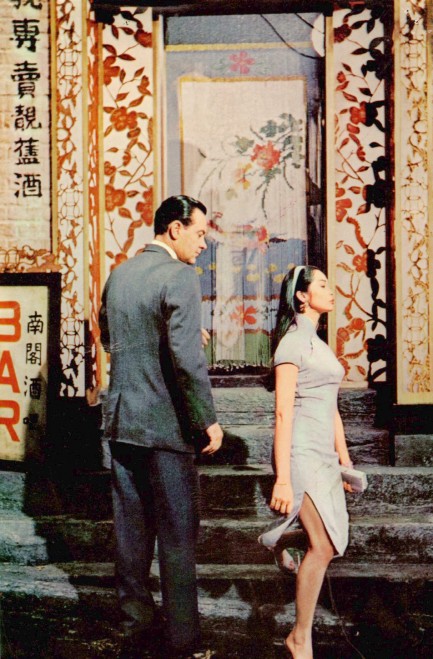
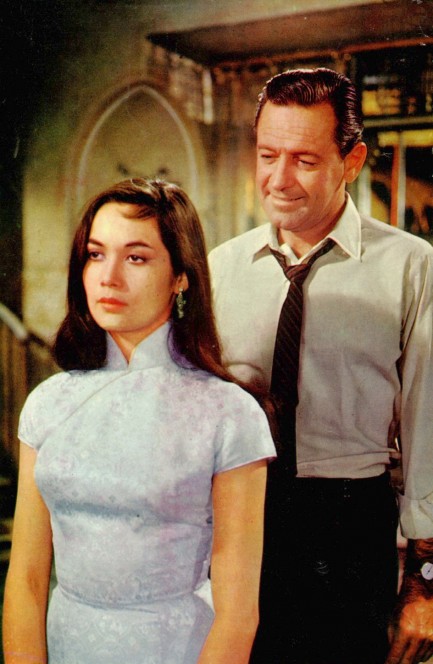
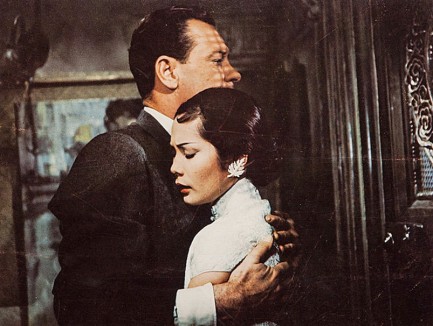
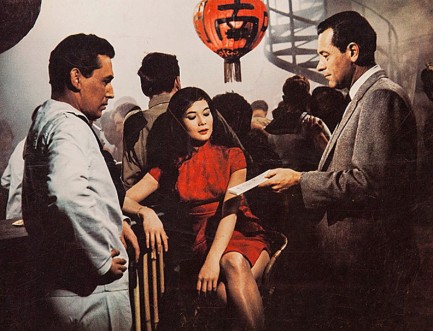
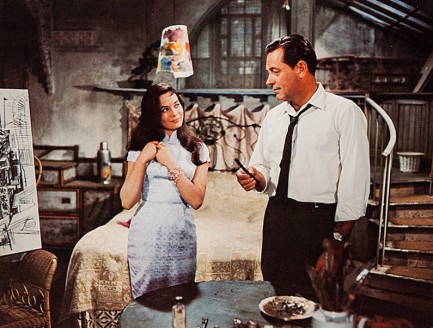
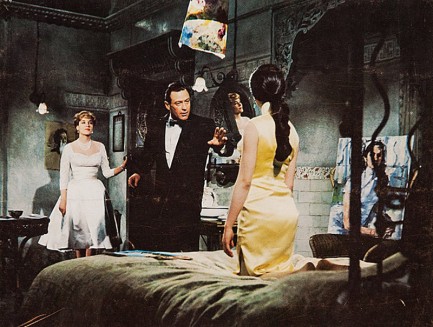
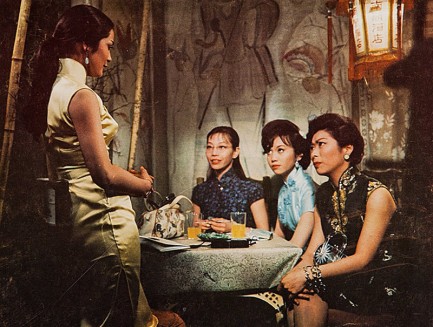
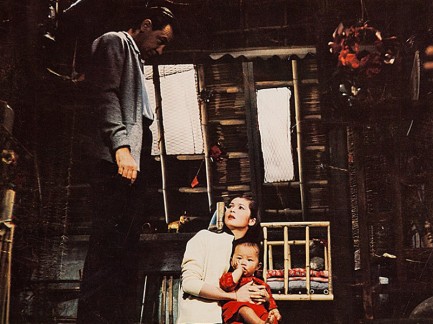
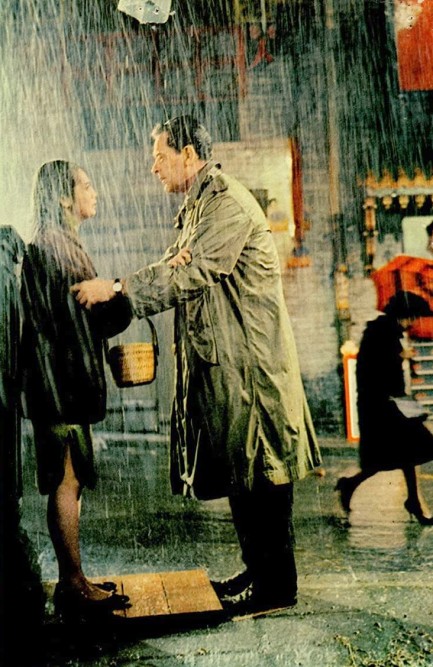






















| Vintage Pulp | Nov 10 2021 |

When a train trip goes off the tracks Marais and Mell come to the rescue.
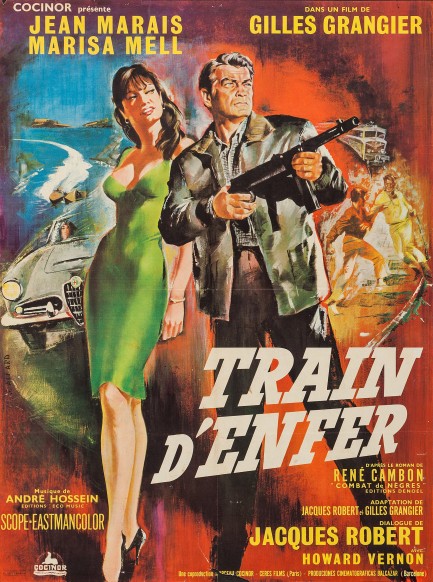
This poster for Train d'enfer was painted by Georges Allard, who's probably best known for promos he made for Brigitte Bardot movies such as Le mepris and Le Repos du guerrier. Train d'enfer, which was adapted from the novel Combat de nègres by René Cambon, starred Jean Marais and Austrian femme fatale Marisa Mell in what is basically a Bond knockoff centered around a plot to assassinate an important emir as he travels to France. It sounds pretty fun, so we may check it out later. The title literally means “hell train,” but when the movie was released in the U.S. it was titled Operation Double Cross. Under its original title it premiered in France today in 1965.
| Vintage Pulp | Nov 4 2021 |

Small town jealousy leads to big time problems in Lupino noir classic.

Duh DUH duh duh DUH. He has a degree is philosophy...
Duh DUH duh duh DUH. He's broken over thirty bones...
Wait—wrong movie. That's the 1989 Road House, Patrick Swayze's unimprovable existential pugilistic epic. The movie we mean to discuss is the 1948 Road House, which premiered today and starred Ida Lupino, Cornel Wilde, Celeste Holm, and Richard Widmark. Nobody destroys an automobile showroom by driving a monster truck through it. Instead Ida Lupino drives her monster truck through a couple of male egos and teaches them lessons about a woman's right to choose her own life—and her own man. This gimmick-free proto-feminist drama is an excellent example from the film noir genre, and it's exhibit A why Lupino is a legend. She's mighty good in this. Mighty mighty good.
Duh DUH duh duh DUH. She has a degree from the school of hard knocks...
Duh DUH duh duh DUH. She's broken over thirty hearts...
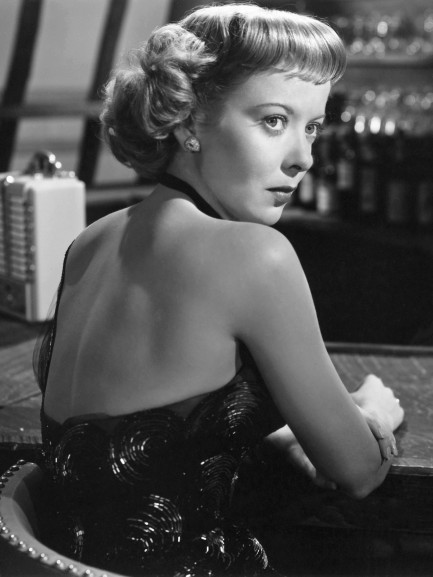
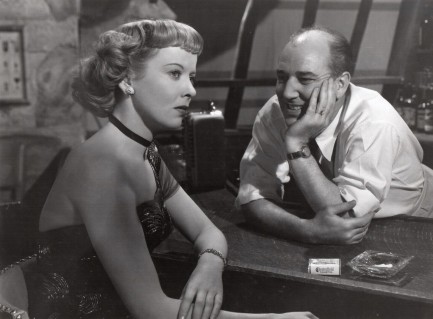

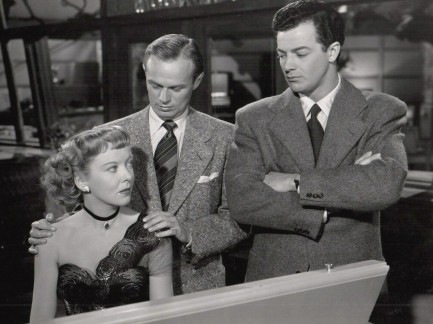
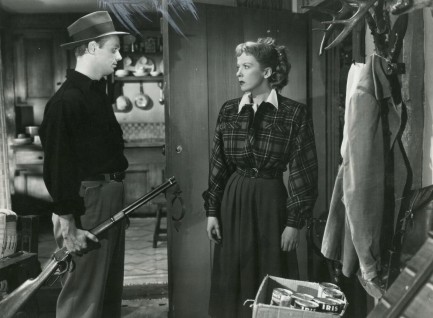
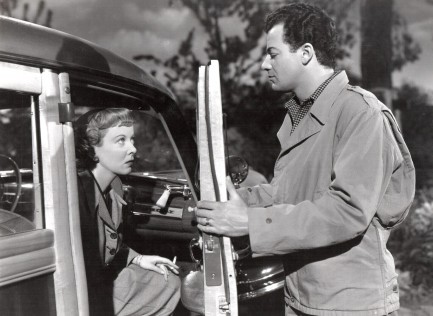
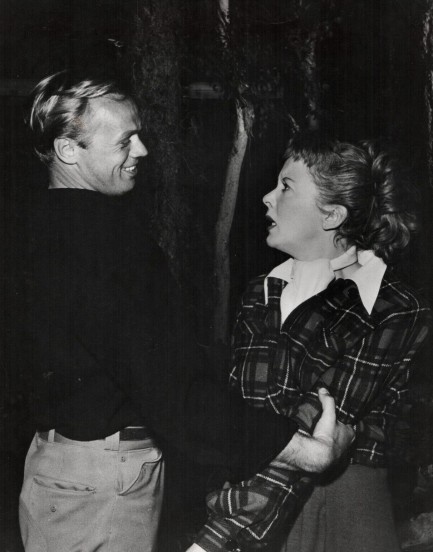
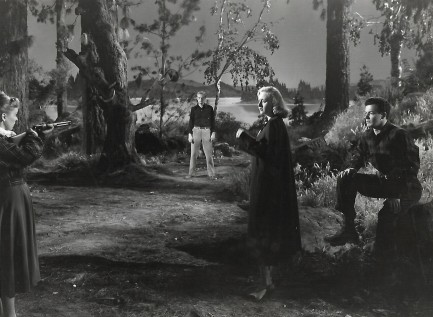
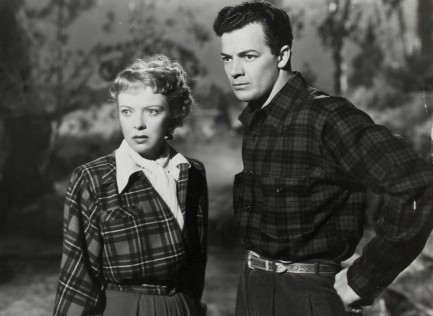
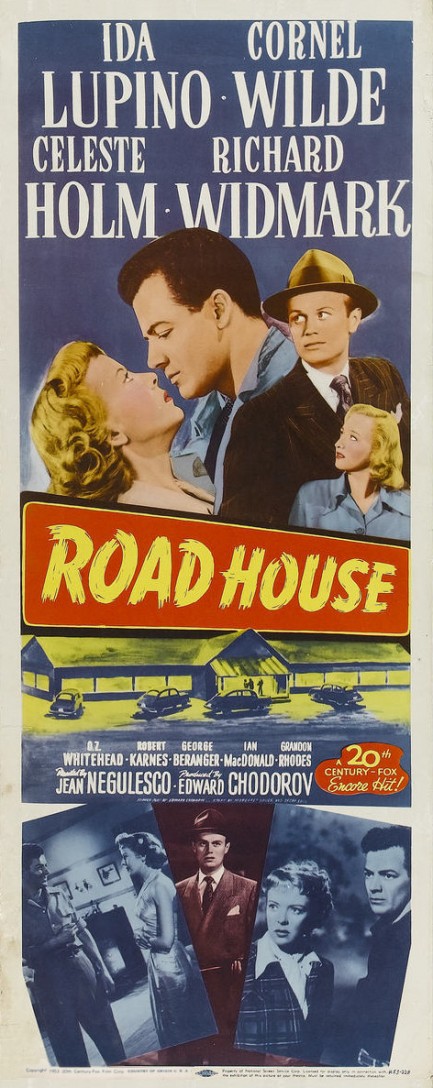
| Modern Pulp | Nov 2 2021 |

The black panther returns.
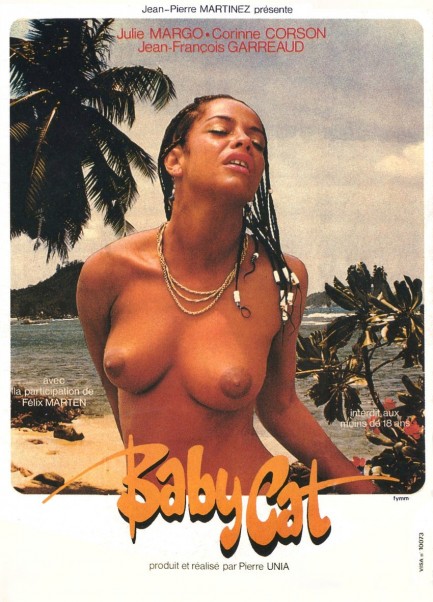
We're back into French sexploitation today with this poster for Baby Cat, which starred Israel born actress Shulamith Lasri, aka Julie Margo. The title, which is what the movie played under in France, is probably meant to be an allusion to the English word “pussy.” If so, the French filmmakers missed their target, since cats of any age can be called pussycats. But we couldn't make an allusion in French under pain of torture, so we'll give them a pass. We watched this only because Margo had aroused our curiosity with her outing in 1976's Emanuelle nera n° 2. She starred in that as Shulamith Lasri, her real name. Most websites haven't made the connection that Lasri and Margo are the same person. IMDB, for instance, has separate profiles for each, and Wikipedia's entry on Emanuelle nera n° 2 (Black Emanuelle 2) expressly states that it was the only film in which Lasri appeared. Well, now the truth is out.
In Baby Cat Lasri/Margo plays a jaded Paris model with two boyfriends—one a hustler, and the other a one percenter. The rich boyfriend won't commit, and we can't imagine why he would, since he's a fashion magazine publisher and hangs out with beautiful women for a living. But this annoys Margo, so she teams up with the hustler to stage a fake kidnapping and try to pry loose a ransom. Unfortunately, her one percenter catches wind of the plot and sticks her in a basement to consider the error of her ways. This accomplished, he flies off for a photo shoot to the French/Dutch island of Saint Martin with a bevy of skinny models (among them Corinne Corson, Eloïse Beaune, and Sylvie Schmidt) who mostly wander around topless in the tropical heat. Having spent some time on Saint Martin, we can tell you that the toplessness brings a touch of reality to the proceedings. We don't see Margo much during this middle stretch of the film, but she'll get loose from that Paris basement soon enough.
Margo isn't classically pretty, but she has a flawless body any woman would sell her soul and everyone else's to have. In Emanuelle nera n° 2 she was referred to as a panther, and amusingly, here four years later a completely different set of filmmakers beat the identical drum with lines like, “Hey, she moves just like a cat. A black panther.” We get it—Margo is exotic as far as European filmmakers are concerned, but any questions about her feline qualities are moot for us, because she can't act. Like, at all. She took a four-year break after Emanuelle nera n° 2, coming back to make three more films, of which Baby Cat is the last. It was probably good she stopped. Hell, it was good this movie stopped. Watching Margo work that body of hers was enjoyable, and the Saint Martin exteriors brought back lovely memories for us, but for you, beloved pulpsters, Baby Cat is a movie you can probably bypass. It premiered in France today in 1983.














| Vintage Pulp | Nov 1 2021 |

Jane Russell flirts with audiences—and censorship.
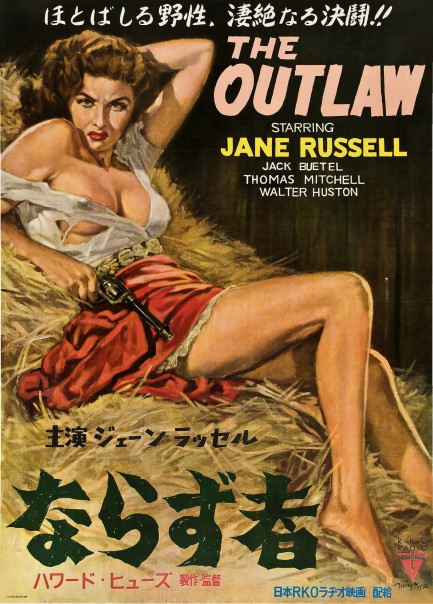
The amazing poster above made for the 1943 western The Outlaw, a stinker of a movie that's one of the earlier ones to prove that a film can be terrible yet still be a hit. In fact, it was one of the most financially successful westerns of the 1940s, but really, really bad, as we discussed in our write-up a few years ago. The poster is shocking. Look at Jane's almost exposed boobs. Look at her clearly visible nipple. The movie was first slated to show in Japan in 1946 but censors wouldn't allow it, so it didn't actually didn't premiere there until 1952, but still, 1952 strikes us as pretty early for a design this racy. But the date is confirmed, because it's signed by an artist named Miya, and next to his or her name is “1952.” It's a great piece. We have another, less envelope pushing poster, unsigned and probably by a different artist, below. The Outlaw originally premiered in Japan today in 1952.
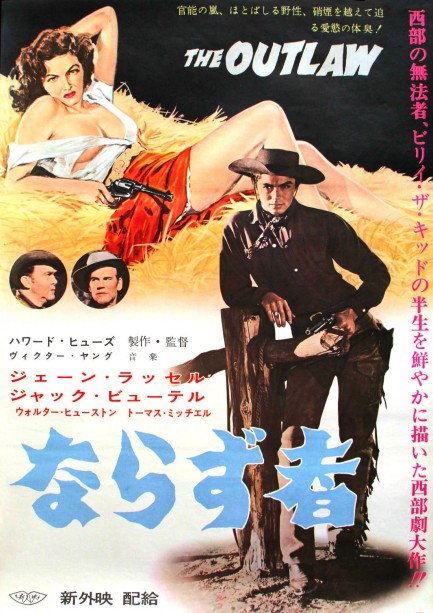
| Vintage Pulp | Nov 1 2021 |

That's no lady. That's a sexual predator.

This is a pretty rare poster, very hard to find in uncensored form. It was made for Kamakiri fujin no kokuhaku, generally known in English as Confessions of Lady Mantis, a bizarre little movie about a woman who's a serial life destroyer. Midori Sasaki stars and plays a well known television host who embarks on a spate of affairs, with misfortune soon striking each of her involvements. But before we go on, let's take a moment to appreciate the movie's unusually beautiful opening credit sequence. Midori is photographed in similarly loving fashion throughout the film:
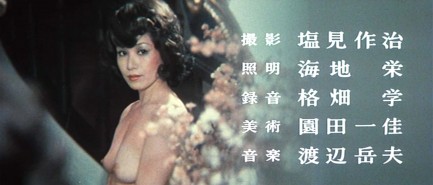

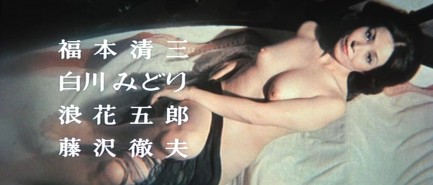

Getting back to Midori's affairs, her first is a formula one driver who's later killed in a crash. Then a neighbor she tempts gives up his perfect wife and beautiful house only for Midori to abandon him. Five flings all end badly for the men, but number six happens to be a contract killer. We won't tell you what happens next. It's amazing Midori gets through all these men in a movie running just over an hour. You really have to appreciate the conciseness of Japanese b-cinema. That being the case, we'll be concise too: Kamakiri fujin no kokuhaku is interesting, occasionally funny, and worth a look, but not special. It premiered in Japan today in 1975.

| Vintage Pulp | Oct 31 2021 |

The artist is almost as mysterious as his posters.

You can see immediately that this Universal Pictures teaser poster for 1933's The Invisible Man is special. You'll find out how special in a minute. It was painted by Hungarian born artist Karoly Grosz, whose work is highly sought after. With this dark portrait he captured the essence of the film's insane central character Dr. Jack Griffin, who accidentally discovers invisibility and decides, what the hell, he'll use it to take over the world. An original of this poster went up for auction a few years back and pulled in $275,000. That's about as special as vintage art gets.
Halloween is today, so we thought we'd share more horror posters. Since Grosz specialized in that genre, we were able to focus solely on him and his work for Universal. Though he's a collectible legend, his bio is a bit sketchy. He immigrated to the U.S. in 1901 as a child, was naturalized as a citizen, and grew up to live and work in New York City. His output came mainly between 1920 and 1938, and he died young sometime after that (nobody is sure when, but most sources say he was in his early forties). At least he left behind these beautiful gifts to cinematic art. You can see another piece from him in this post from a while back, the one with the green-eyed cat.
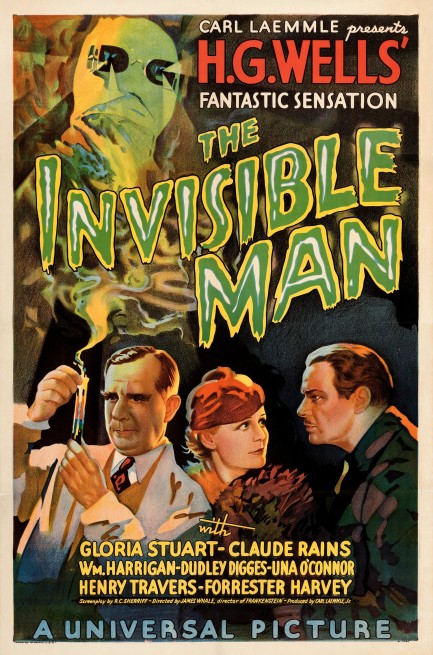
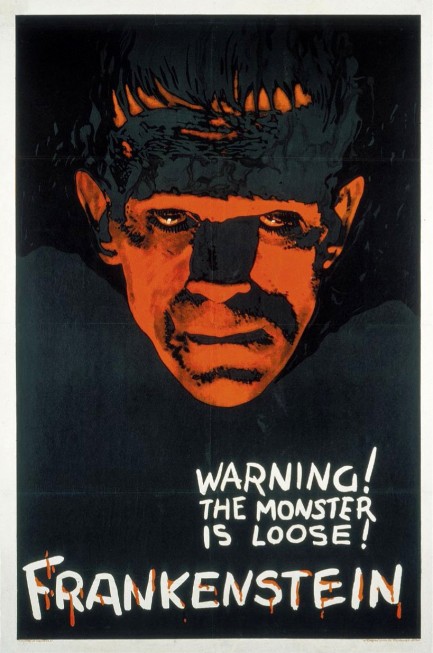
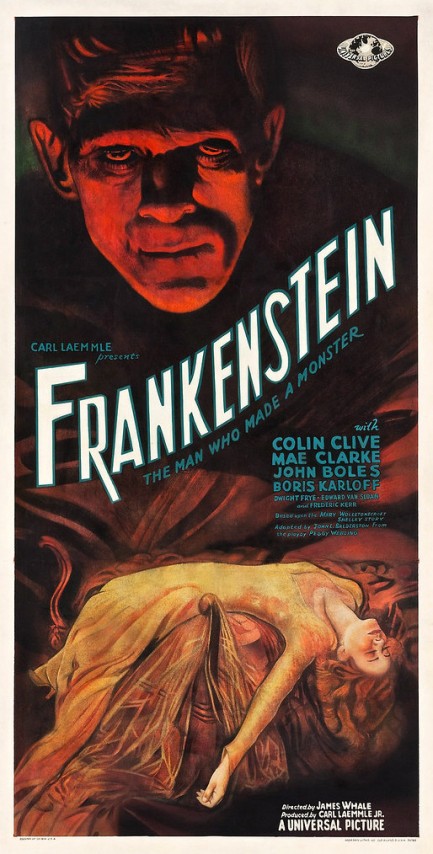
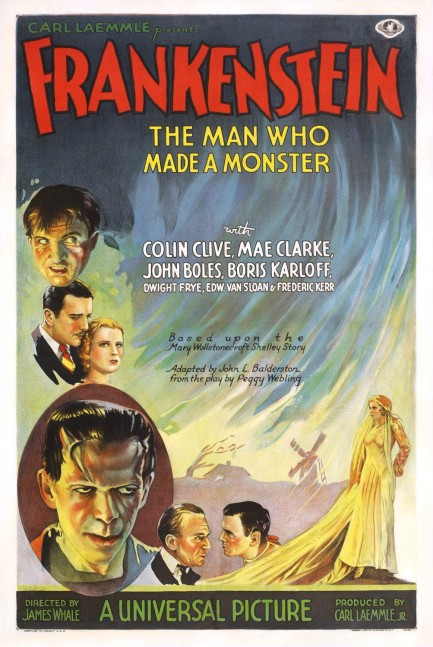
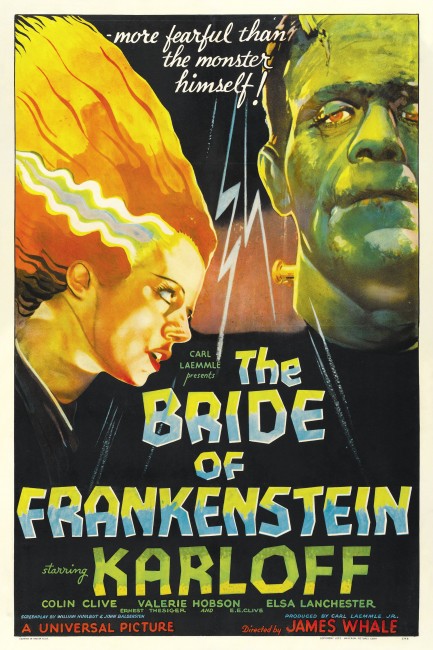
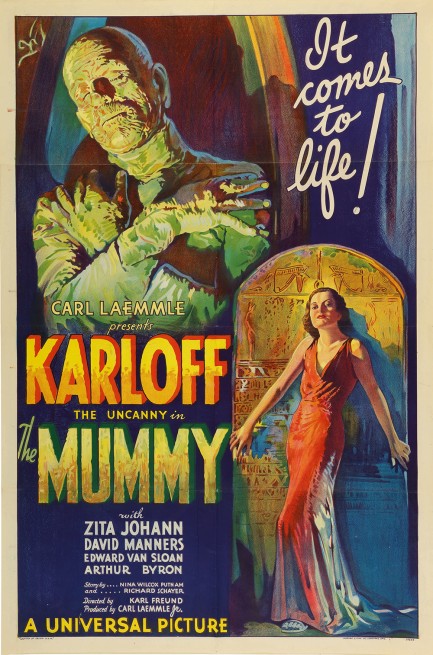
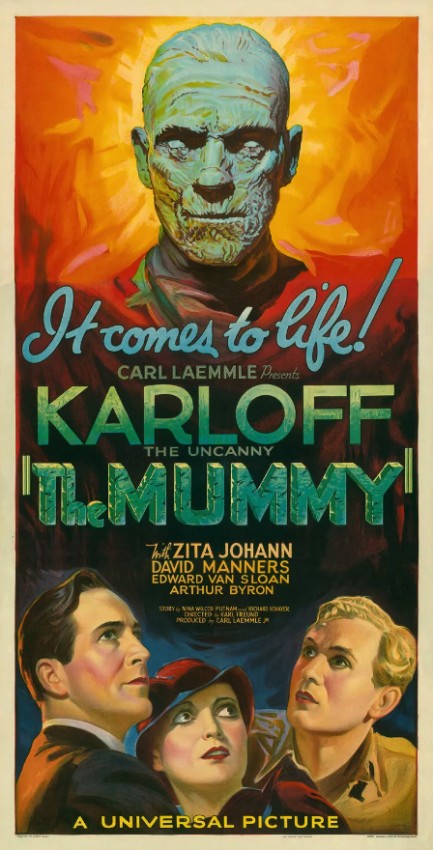
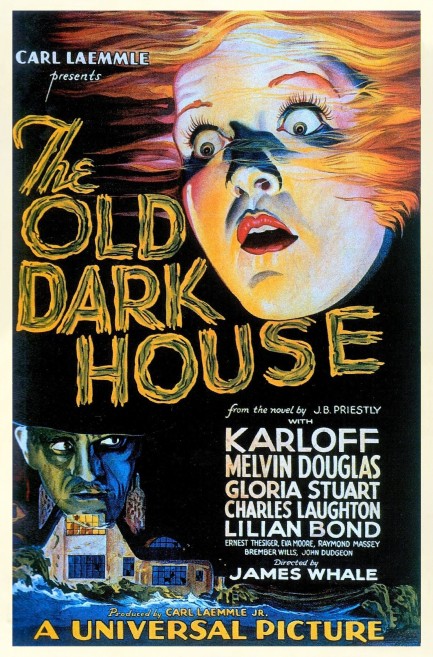
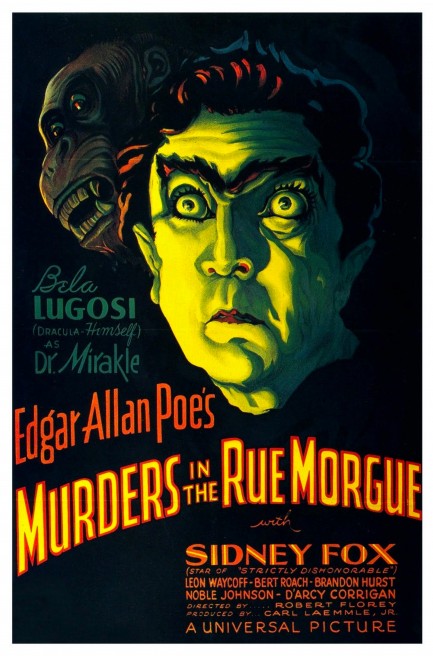
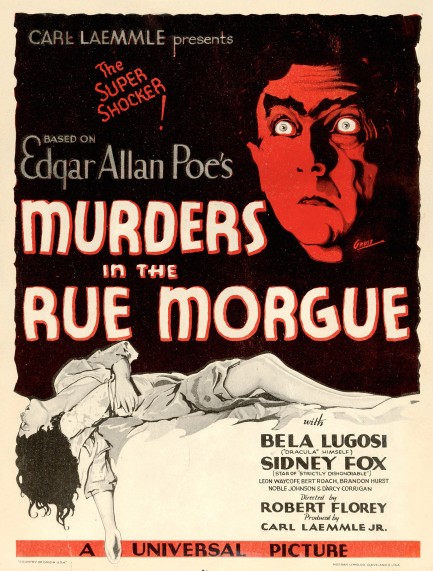
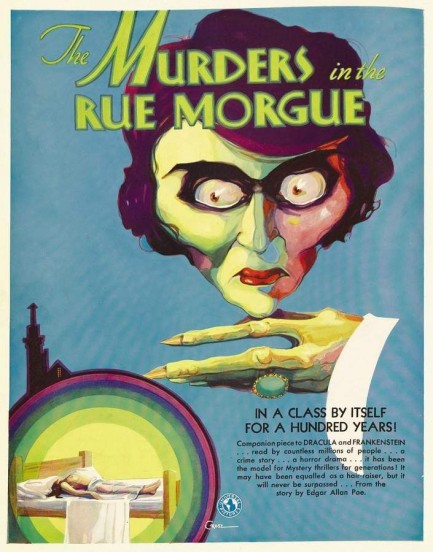
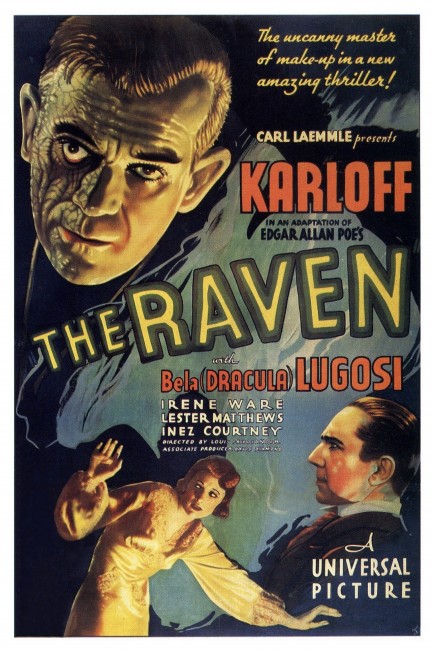
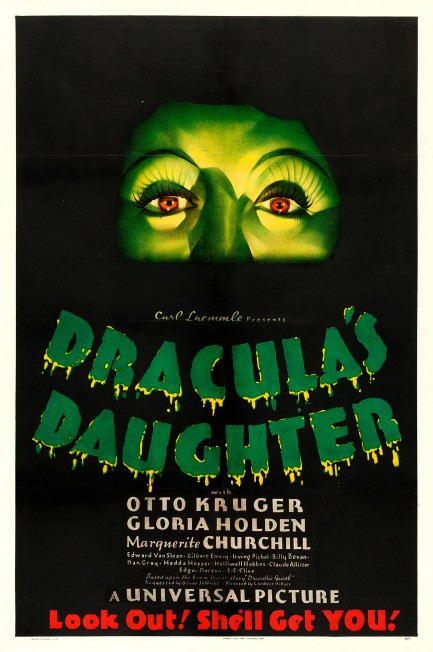
 |
 |




































































